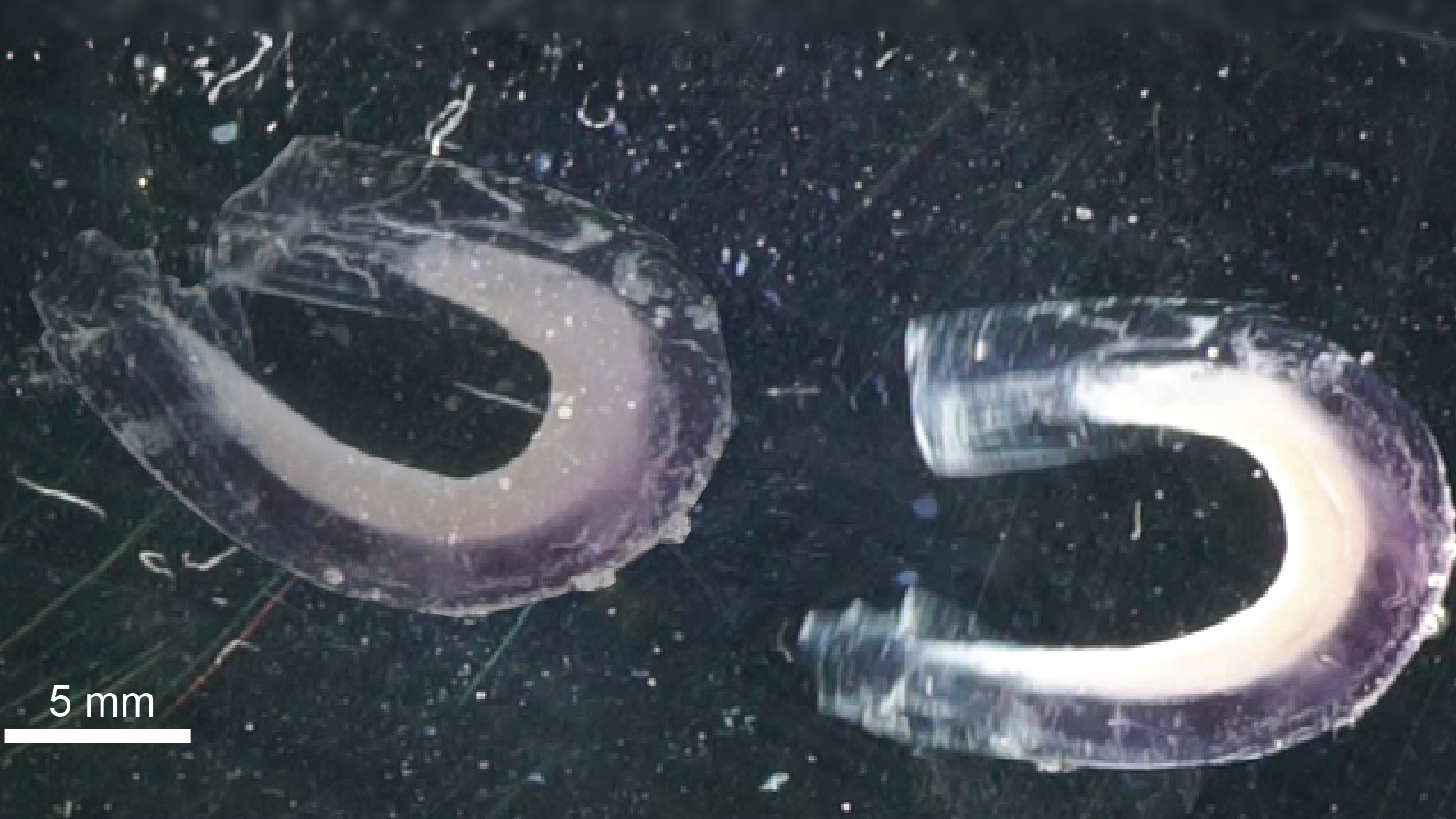Biohybrid Swimmers Blend Biology and Robotics for Living Locomotion
At the Soft Robotics Lab, we are pioneering a new generation of aquatic robots inspired by nature’s swimmers. Our biohybrid swimmers merge biological components with robotic designs, creating robots capable of natural, fluid movement in aquatic environments. This research opens new possibilities in underwater exploration, environmental monitoring, and bio-inspired engineering, advancing both the field of soft robotics and the understanding of biomechanical principles.

Introduction to Biohybrid Swimmers
The future of robotics lies in harnessing nature’s designs to enhance robotic capabilities. Our biohybrid swimmers are the result of this inspiration, combining soft materials, musculoskeletal structures, and bio-inspired control mechanisms to replicate the elegance and efficiency of natural swimmers. These robots are capable of navigating complex underwater environments with agility and precision, making them ideal candidates for applications in environmental monitoring, medical diagnostics, and even future exploration of remote aquatic ecosystems.
Mimicking Nature with Musculoskeletal Design
At the core of our biohybrid swimmer lies its musculoskeletal structure, which is engineered to resemble the fluidity of marine animals. This design enables the robot to bend, flex, and swim in a manner that closely mimics the propulsion techniques of real fish or aquatic organisms. Soft actuators, driven by bioactuators or electroactive polymers, power the swimmer, allowing for subtle adjustments in movement and agility that hard-bodied robots struggle to achieve.
Why Biohybrid?
The combination of biological and synthetic elements allows our robots to overcome many of the limitations of traditional robotics. By incorporating biological tissues or mimicking biological actuation methods, our swimmers achieve a greater range of motion and adaptability. This blending of biology and robotics not only improves locomotion but also reduces the complexity of control systems, as the biological components can inherently handle some of the complexities of movement.
Applications
Biohybrid swimmers are not just an academic exercise in biomimetics; they offer real-world applications in various domains:
- Exploration: As autonomous underwater explorers, these robots could aid in discovering and studying previously inaccessible aquatic regions, contributing to research in marine biology and oceanography.
- Environmental Monitoring: Their ability to maneuver in complex underwater environments makes them ideal for surveying aquatic ecosystems, detecting pollution, and gathering environmental data without disturbing the habitats.
- Medical Devices: In the future, these biohybrid swimmers could be scaled down to micro-robots capable of navigating within the human body for diagnostics or targeted drug delivery in minimally invasive procedures.
Authors Involved
This research was conducted by a collaborative team from the Soft Robotics Lab at ETH Zurich, including:
- Aiste Balciunaite
- Oncay Yasa
- Miriam Filippi
- Mike Y. Michelis
- Robert K. Katzschmann
Future Directions in Biohybrid Robotics
Our research is not confined to aquatic environments. We envision expanding the principles of biohybrid design to other domains where soft, adaptive robotics could play a transformative role. As we refine the technology and improve the integration of biological and synthetic systems, we aim to develop robots that can interact seamlessly with their environments in ways traditional machines cannot.
Read the Full Study
Our biohybrid swimmers have been published in the IEEE journal, you can access the full article here: external page https://ieeexplore.ieee.org/abstract/document/10522009
The paper details the design principles, experimental results, and potential applications of this novel robotic system.